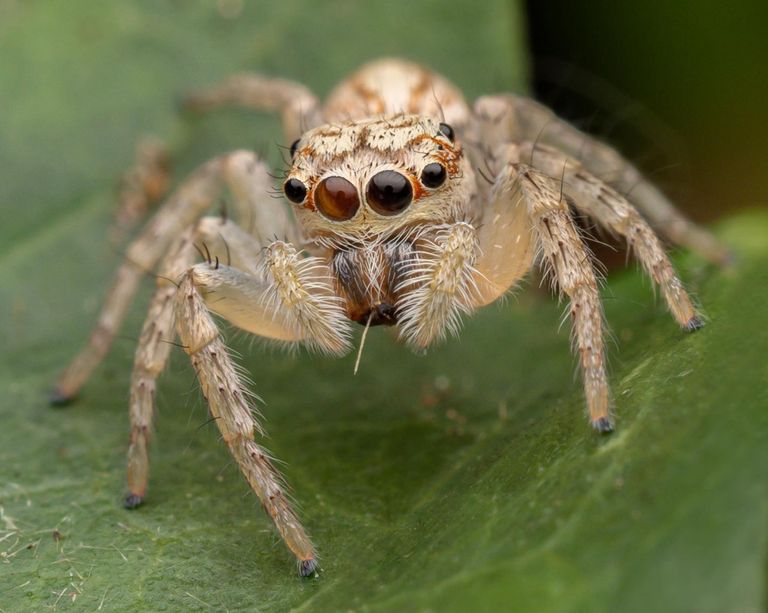
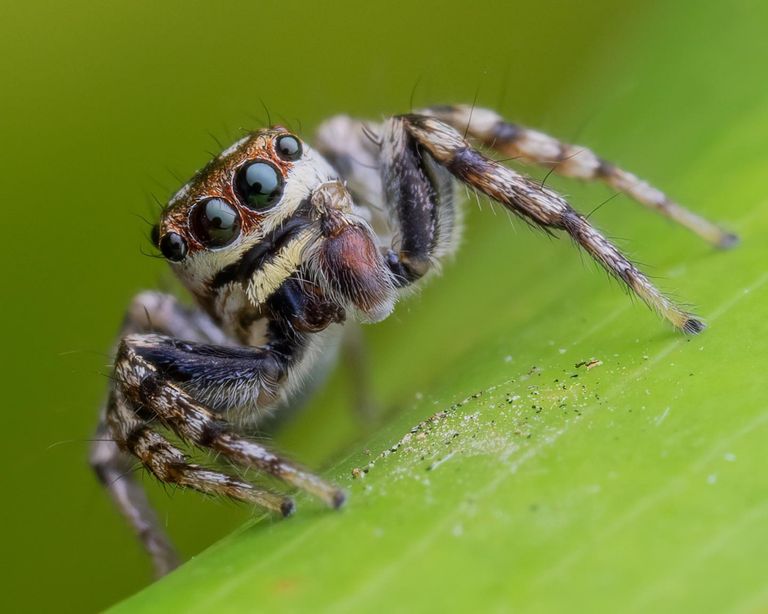
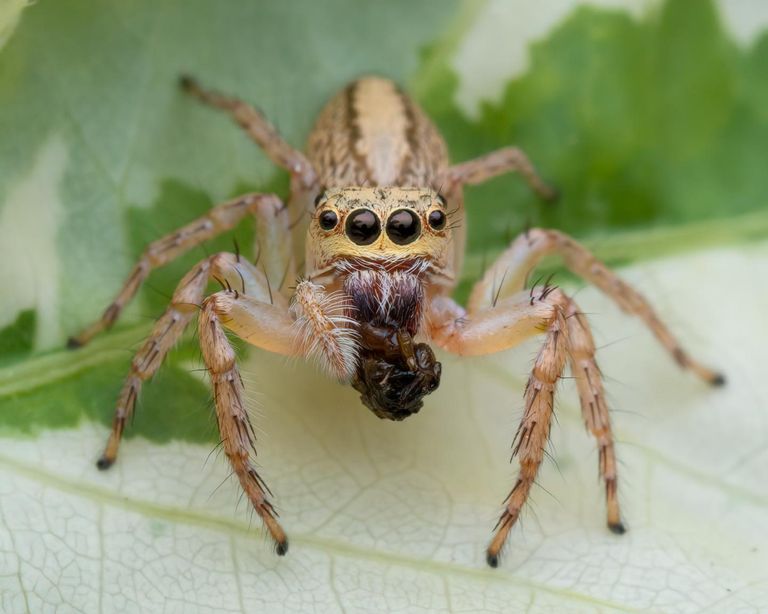
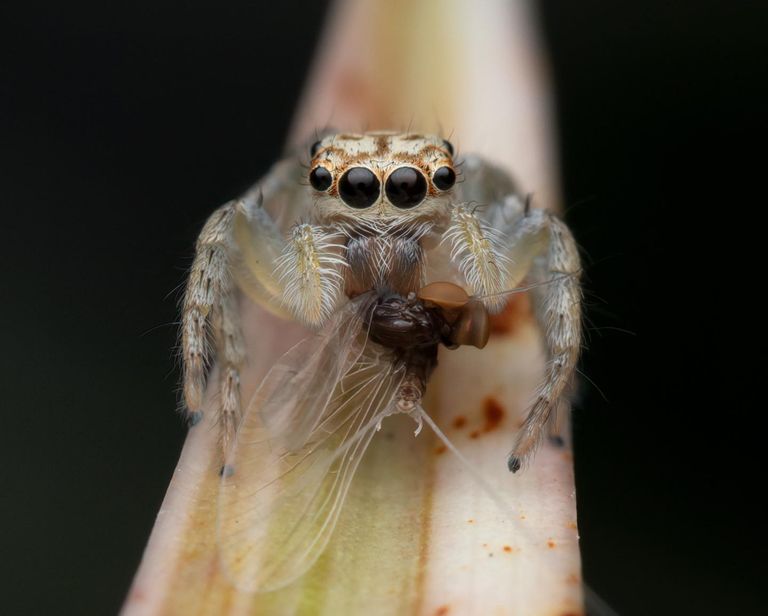
Macro Photography or macro photography is a photo taken at a very close distance to get high detail on a small object such as insects, dew drops, wooden pencil arrangements and others. Macro photos usually have a 1:1 ratio where the resulting image is the same size as the original object.
Macro photography is currently in vogue because it is able to show the other side of objects that are around us, especially macro photos with insect themes. These photos are not only beautiful and unique, but also have a fairly high economic value. Some of them are even used by environmental activists for environmental conservation campaigns.
On this occasion, in accordance with my motto “learn, share and friendship”, I will write down some macro photography tips and tricks that I usually do as a macro photographer, so that they can be a guide for readers to create a good work and have high artistic value.
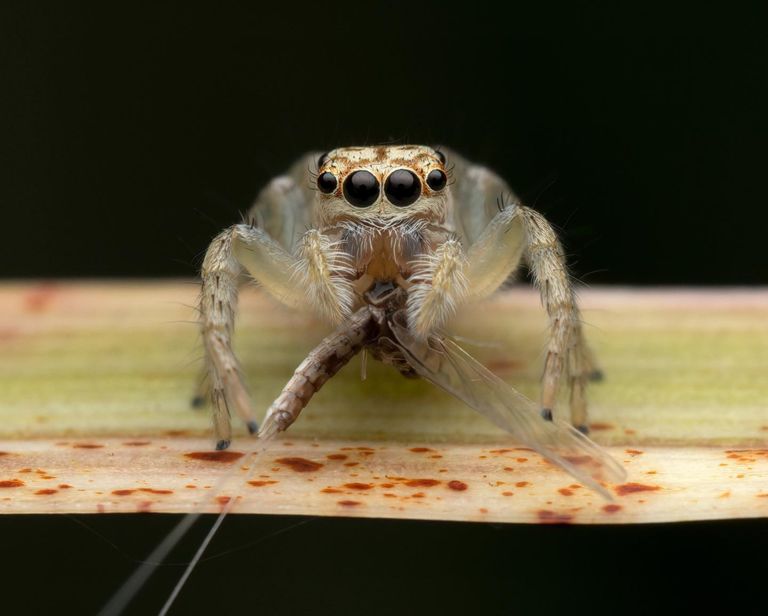
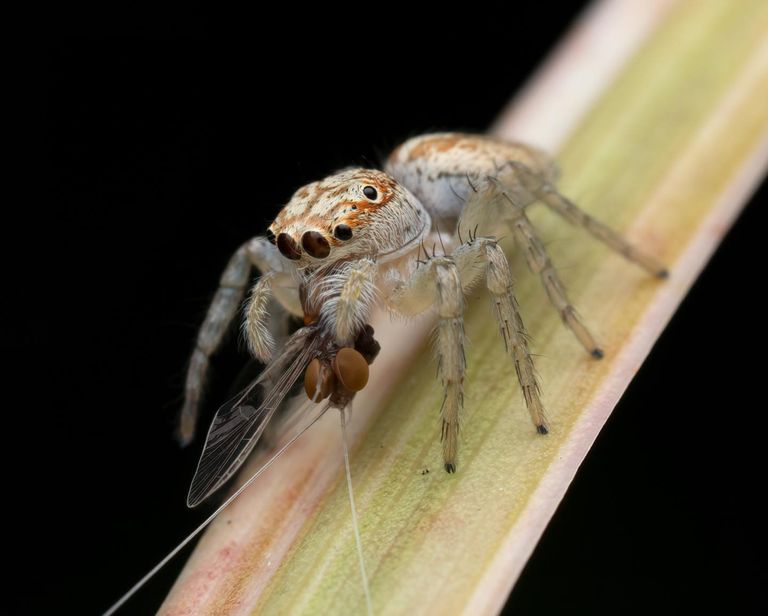

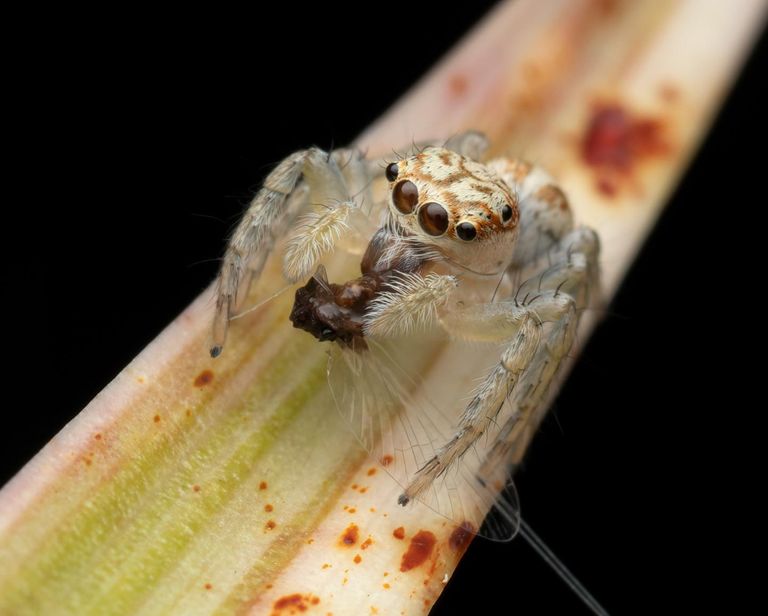
how to shoot with macro
Use Manual Focus
By using manual focus, I get a more accurate focus than using auto focus. Some types of lenses rely on a beep sound when the focus is right, but there are also certain types of lenses such as the Mpe 65 lens which does not have a beep and really relies on our eyes, to find the right focus, this lens is used by moving the lens forward near the object. The use of manual focus also makes it easier for me to play photo composition.
Make sure the camera does not shake (shake).
The narrow DoF in macro photos makes it difficult to focus on objects. Just a little shake, then the focus will be off. To overcome this, make sure before shooting that you have had enough sleep at night and try to have breakfast before going down hunting. Adjust the position of the body like a sniper, then adjust the breathing as calmly as possible. If you still feel tremors (shaking), use a tripod or monopod. You can also use a speed above 1/125 sec
Pay attention to the Macro shooting time.
For natural photos, the right time for shooting is when the sun is shining gently around six to nine in the morning and in the afternoon around four to six in the afternoon. At these times, the insects are still less active because they are still covered with morning dew or are eating. As for extreme photos, there is no time limit, because we use tools in the form of flash and light absorbers.
Pay attention to the direction of the light When Shooting Macros.
I usually use natural light as opposed to the camera (Backlight) because it will make the resulting photo more beautiful and dimensional. To get this backlight, it should be done when the sun is shining softly (softlight) around five to six in the morning or around five in the afternoon. The thing to note is that the lens should not be in direct contact with the sun because it can become a silhouette.
Use light aids only when necessary.
The use of artificial light or light such as Flash/Speedlite/Reflector and others is needed when the weather is rather dark (low light), especially for macro photography that closes-up objects with extreme magnification (above 1:1). In photos like that natural light is not supportive. Especially when the portrait distance between the lens and the object is very close, because the exposure will be reduced and prone to noise.
The use of this assist light is able to make the details of the object recorded excellently, even in dark or no light conditions (night), so it does not limit us to take pictures anytime and anywhere. To reduce if there is an excess of light (over exposure), the use of this flash must be combined with a diffuser. For large objects such as the Golden Feather Roberfly, there is no need to use a flash, just rely on natural light or natural light
Approach the object step by step.
If you meet the object of the photo in the form of insects, do not approach in a hurry. This will make the object of the photo that we are aiming for becomes unsettled and wild. Approach step by step and try not to make unnecessary movements so that the object feels safe and does not perceive our presence as a threat.
Avoid Using Perfume.
When photographing insects, try not to use excessive perfumes or fragrances, especially those with strong smells. Insects don't like it.
Think and Act Fast.
As soon as you meet the photo object, immediately set the metering, then think about the right photo composition before approaching the object. This is useful for minimizing the excessive cropping process in the photo and minimizing the loss of moment if the target object quickly moves from place to place.
Pay attention to Angles.
Make sure the Angle is parallel and perpendicular to the object to get even focus and sharpness, regardless of the length of the object.
Don't Destroy Insect Habitat.
The important thing to do in the whole series of shots is not to damage the insect habitat. Step carefully when approaching objects so that the plants that are there are not broken or damaged by our movements.
| Camera | Canon |
|---|---|
| Lens | Canon MP-E 65mm 1-5x Macro Lens |
| Photography | Spider |
| Location | Indonesia |
| Photographer | @mursalin7 |
Te invitamos a usar el tag #blurthispano. Nos puedes encontrar en Discord.
Te invitamos a votar por @blurthispano como Witness
Posted from https://blurtlatam.com